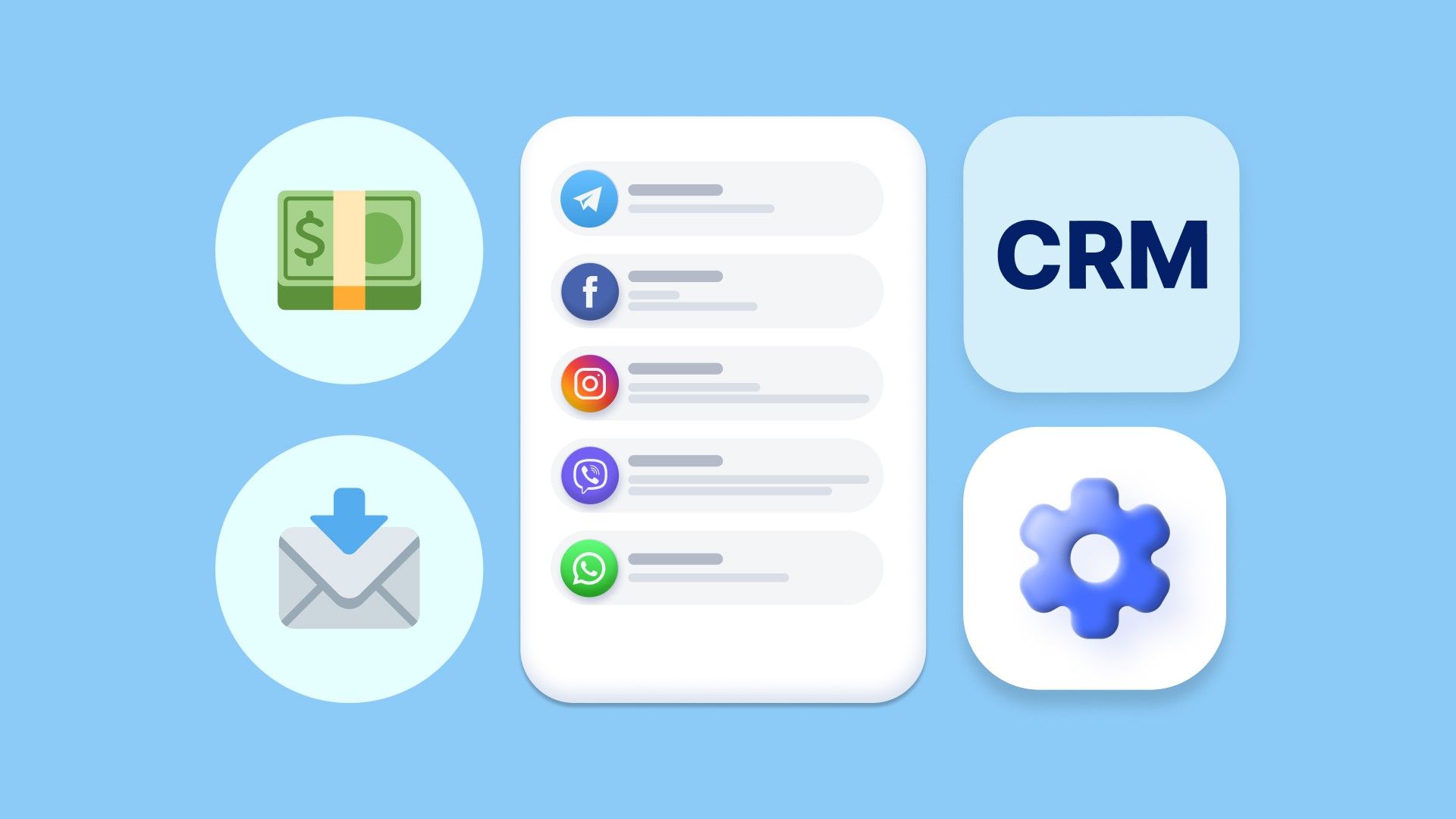Introduction
Machine learning (ML) is revolutionizing healthcare by improving diagnostics, treatment plans, drug discovery, and patient management. With the power to analyze vast datasets and identify patterns beyond human capabilities, ML is transforming the way medical professionals deliver care. However, while the benefits are substantial, it’s essential to recognize the limitations of these AI-driven technologies.
How Machine Learning is Reshaping Healthcare
1. Early Disease Detection and Diagnosis
ML algorithms enhance early disease detection by analyzing medical images, genetic data, and patient history. For instance:
- Cancer Detection: AI-powered imaging tools like Google’s DeepMind and IBM Watson assist radiologists in detecting abnormalities in X-rays, MRIs, and CT scans.
- Cardiovascular Diseases: ML models analyze ECG data to predict heart conditions before symptoms appear.
- Neurological Disorders: AI assists in diagnosing conditions like Alzheimer’s and Parkinson’s through pattern recognition.
Potential Drawback: ML-based diagnostics can sometimes produce false positives or false negatives, leading to unnecessary treatments or missed conditions.
2. Personalized Treatment Plans
With predictive analytics, ML enables tailored treatment plans by analyzing a patient’s genetics, lifestyle, and medical history.
- Precision Medicine: ML helps identify the most effective treatment for cancer patients based on genetic markers.
- Chronic Disease Management: Algorithms provide personalized recommendations for diabetes, hypertension, and asthma patients.
Potential Drawback: Data bias may lead to inaccurate treatment suggestions, particularly in underrepresented patient populations.
3. Drug Discovery and Development
ML accelerates pharmaceutical research by predicting drug efficacy and reducing trial costs.
- AI-driven Drug Discovery: Companies like Insilico Medicine use ML to generate new drug compounds.
- Clinical Trials Optimization: AI analyzes patient data to select ideal trial candidates, improving efficiency.
Potential Drawback: While ML speeds up discovery, regulatory approvals remain a bottleneck, delaying real-world application.
4. Medical Imaging and Radiology
AI-powered imaging tools assist radiologists in detecting diseases with higher accuracy.
- Skin Cancer Diagnosis: Google’s AI system identifies melanoma with dermatologist-level accuracy.
- Retinal Disease Detection: Deep learning models analyze eye scans for diabetic retinopathy.
Potential Drawback: AI is a tool, not a replacement for radiologists, and misinterpretations can still occur.
5. Robotic Surgery Assistance
ML enhances surgical precision and patient outcomes.
- Da Vinci Surgical System: AI-powered robotic arms assist in minimally invasive procedures.
- Autonomous Surgical Robots: Research is advancing toward AI-driven autonomous surgery.
Potential Drawback: High costs and ethical concerns regarding machine autonomy in surgery.
6. Predictive Analytics for Hospital Management
Hospitals leverage ML to optimize resources and reduce patient wait times.
- Bed Occupancy Predictions: AI forecasts patient admissions and discharges.
- Supply Chain Management: ML predicts medication demand to prevent shortages.
Potential Drawback: Errors in forecasting can lead to resource misallocation.
7 Ways Machine Learning is Saving Lives
AI-Driven Early Disease Detection
One of the most significant applications of ML in healthcare is early disease detection. AI-powered models can analyze medical records, genetic data, and imaging scans to identify potential diseases before symptoms appear.
Benefits:
- Cancer Detection: ML algorithms analyze mammograms and CT scans to detect breast, lung, and skin cancers early, improving survival rates.
- Cardiovascular Disease Prediction: AI predicts heart attacks and strokes by analyzing ECG data and lifestyle habits.
- Diabetes Risk Assessment: Predictive models detect diabetes risks years before onset.
Drawbacks:
- ML models require vast datasets, and biases in data can lead to inaccurate predictions.
- Some false positives may lead to unnecessary stress or medical interventions.
Personalized Treatment Plans
Traditional treatment plans often follow a one-size-fits-all approach. ML enables precision medicine, tailoring treatments to individual genetic profiles, lifestyle, and medical history.
Benefits:
- AI recommends the most effective medications with minimal side effects.
- Identifies genetic markers linked to diseases.
- Adjusts treatment plans in real time based on patient response.
Drawbacks:
- Data privacy concerns due to handling sensitive genetic information.
- High costs associated with implementing AI-driven personalized medicine.
Smart Medical Imaging & Diagnostics
Medical imaging, including X-rays, MRIs, and CT scans, is crucial for accurate diagnoses. ML algorithms improve image analysis, reducing human errors and speeding up results.
Benefits:
- AI enhances radiology interpretations, reducing misdiagnoses.
- Automates tumor detection and fracture identification.
- Reduces workload for radiologists.
Drawbacks:
- Training AI models requires extensive labeled data, which can be challenging to obtain.
- Some healthcare professionals are resistant to AI involvement in medical decision-making.
AI Chatbots for Patient Support
AI-driven chatbots provide 24/7 medical assistance, answering patient queries and scheduling appointments.
Benefits:
- Reduces burden on healthcare professionals.
- Enhances patient engagement by offering instant responses.
- Provides mental health support via AI-powered therapy chatbots.
Drawbacks:
- Not a substitute for human doctors in critical cases.
- Language limitations can hinder chatbot effectiveness.
Predicting Outbreaks & Pandemics
Machine learning helps in tracking and predicting disease outbreaks using global health data, social media trends, and travel patterns.
Benefits:
- Enables early intervention in pandemic situations.
- Assists governments in resource allocation.
- Reduces the impact of infectious diseases through proactive measures.
Drawbacks:
- Predictions can be inaccurate if data quality is poor.
- Dependence on global cooperation for data sharing.
Automating Hospital Processes
Hospitals use ML to optimize operations, reducing costs and improving efficiency.
Benefits:
- AI manages appointment scheduling, reducing wait times.
- Improves patient flow in emergency rooms.
- Enhances medical supply chain management.
Drawbacks:
- High initial costs for AI implementation.
- Resistance from staff accustomed to traditional methods.
Drug Discovery & New Treatments
Machine learning accelerates drug discovery by analyzing chemical interactions and predicting potential treatments.
Benefits:
- Speeds up the process of finding cures for diseases.
- Reduces trial-and-error in pharmaceutical research.
- Helps identify rare disease treatments.
Drawbacks:
- Expensive computational resources required.
- Ethical concerns regarding AI-driven drug development.
What’s Next for AI in Healthcare?
The future of ML in healthcare is promising, with advancements in robot-assisted surgery, AI-driven mental health therapy, and real-time remote patient monitoring. Researchers are working on self-learning AI systems that can improve their accuracy over time.
People Are Always Asking
How is machine learning different from traditional healthcare technologies?
Unlike rule-based systems, ML continuously learns from data, improving accuracy over time without explicit programming.
Can AI fully replace doctors?
No, AI enhances decision-making but cannot replace human expertise and empathy in patient care.
Is my medical data safe with AI systems?
Most AI solutions follow strict regulations like HIPAA, but data breaches remain a concern.
Expert Opinion: Tamer Badr on AI in Healthcare
Tamer Badr, the founder of Singleclic, shares his perspective:
“AI in healthcare is not just about automation; it’s about enhancing human decision-making. The real power of machine learning lies in its ability to personalize patient care, but we must ensure data integrity and fairness.”
Potential Risks and Ethical Considerations
- Bias in AI Models: Training data often lacks diversity, leading to disparities in medical decisions.
- Privacy Concerns: Handling sensitive patient data requires stringent security measures.
- Regulatory Hurdles: AI healthcare applications must comply with FDA and EU MDR regulations.
Future of Machine Learning in Healthcare
1. AI-Powered Virtual Health Assistants
- Chatbots and AI-driven apps provide 24/7 medical support.
- NLP (Natural Language Processing) enables real-time symptom analysis.
2. Genomics and Precision Medicine
- AI enhances genome sequencing for targeted therapies.
- Predicts hereditary disease risks.
3. AI in Mental Health
- Sentiment analysis in therapy chatbots aids mental health professionals.
- AI-driven cognitive behavioral therapy (CBT) applications support patients remotely.
Frequently Asked Questions (FAQs)
How does AI improve patient outcomes?
By analyzing vast datasets, AI predicts diseases early, tailors treatments, and enhances diagnosis accuracy.
What are the biggest challenges in AI healthcare adoption?
Data privacy, algorithm bias, and regulatory compliance.
Will AI make healthcare more expensive?
Initially, yes, due to investment costs, but long-term, AI reduces expenses by improving efficiency.
Reviews from Industry Experts
- Dr. Sarah Collins, AI Researcher: “ML has transformed diagnostics, but we need better regulatory frameworks to maximize its benefits.”
- John Smith, Healthcare AI Developer: “AI-assisted radiology is a game-changer, yet it’s crucial to maintain a balance between human expertise and automation.”
Conclusion
Machine learning is revolutionizing healthcare, from diagnostics and treatment to hospital management. While it presents challenges like bias and data security, its potential to enhance patient care is undeniable. As AI continues to evolve, collaboration between technologists, healthcare providers, and policymakers will be crucial in ensuring its responsible and ethical deployment.









